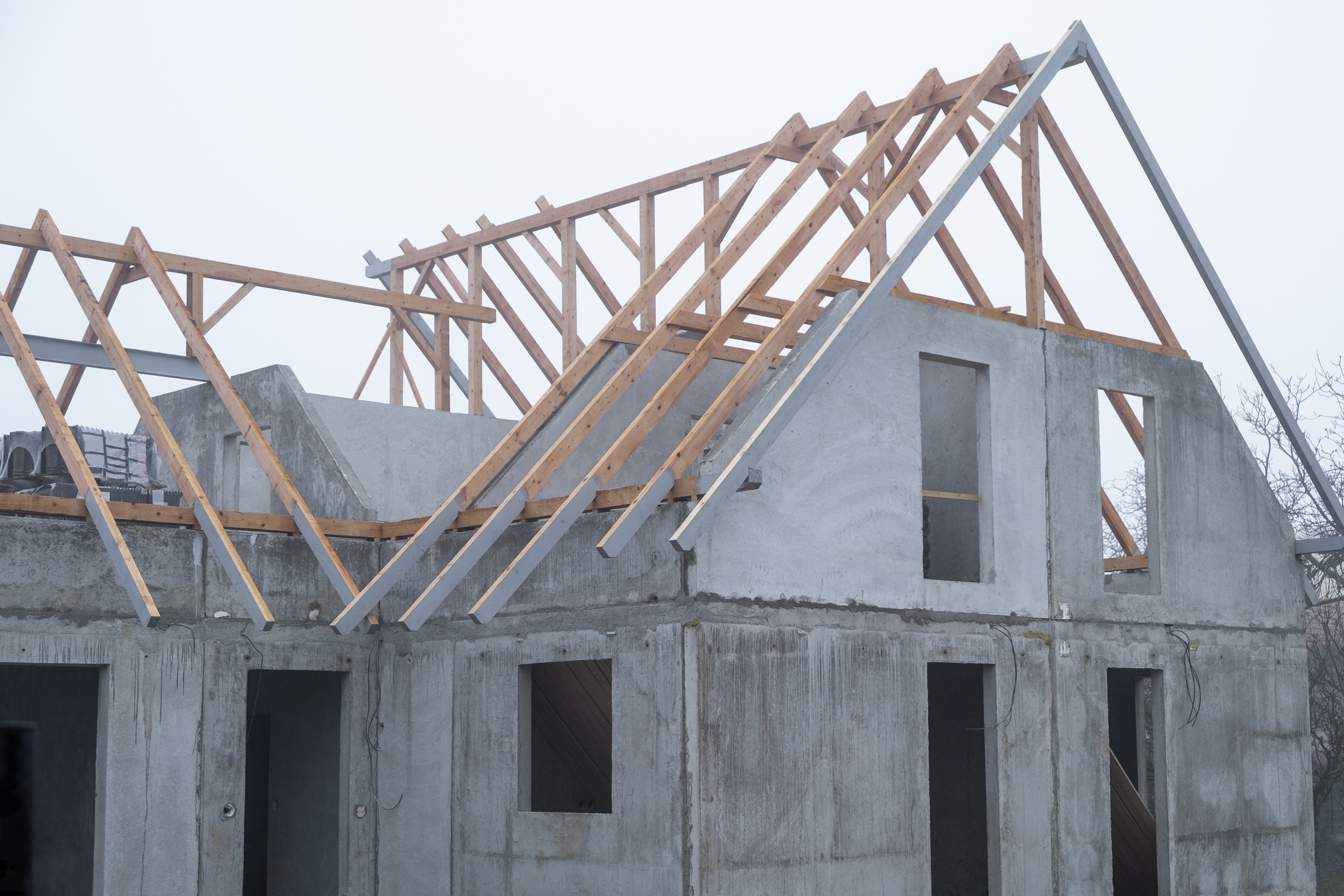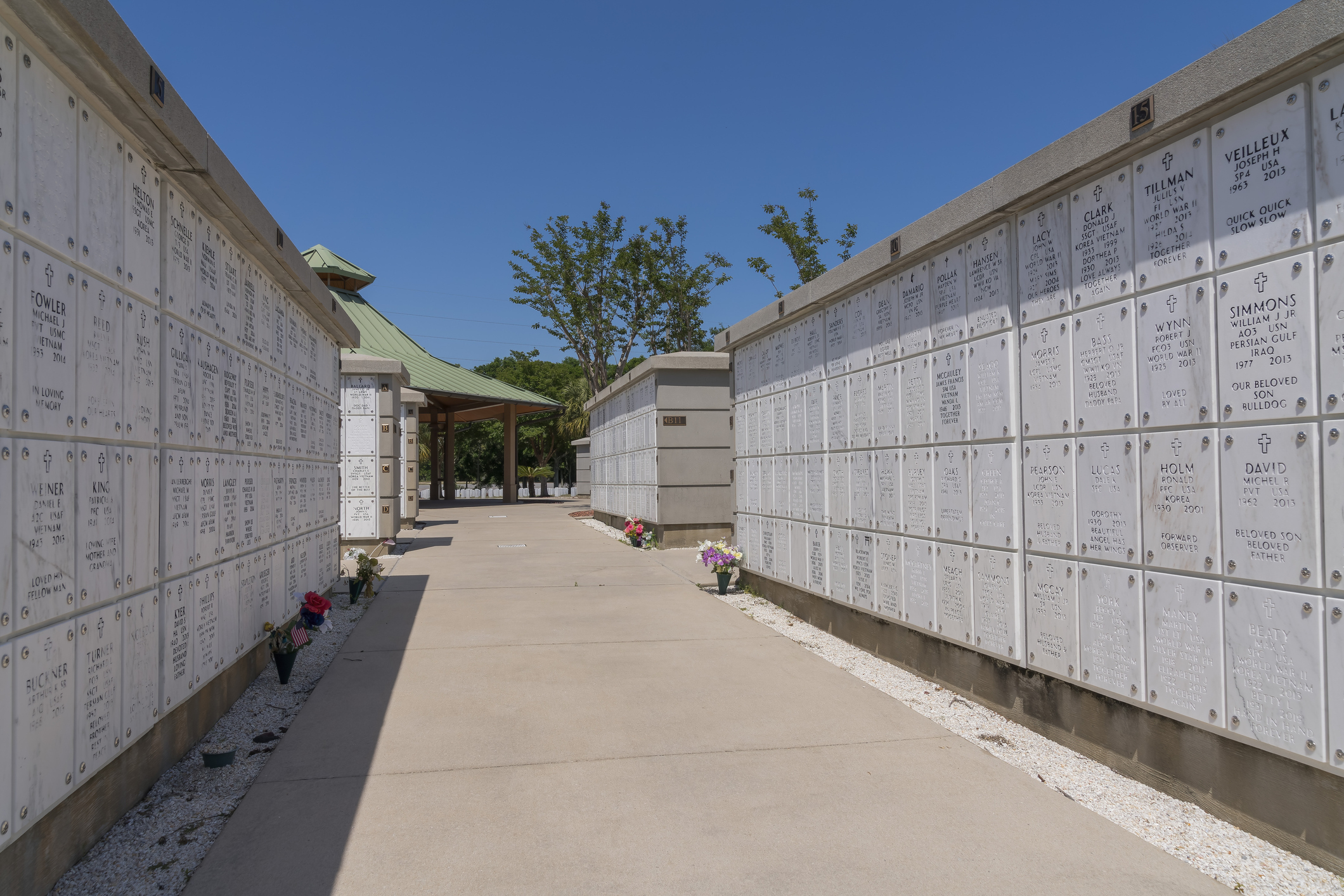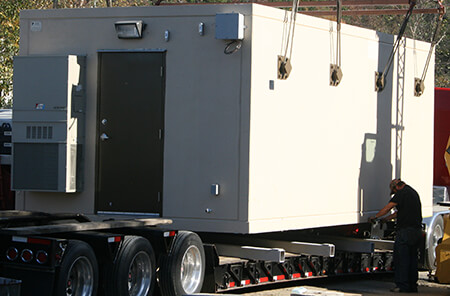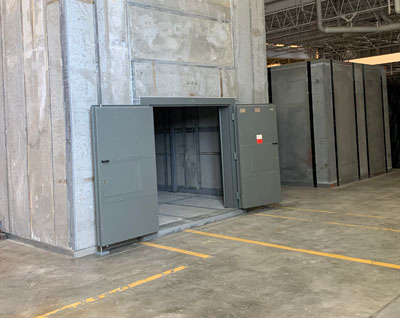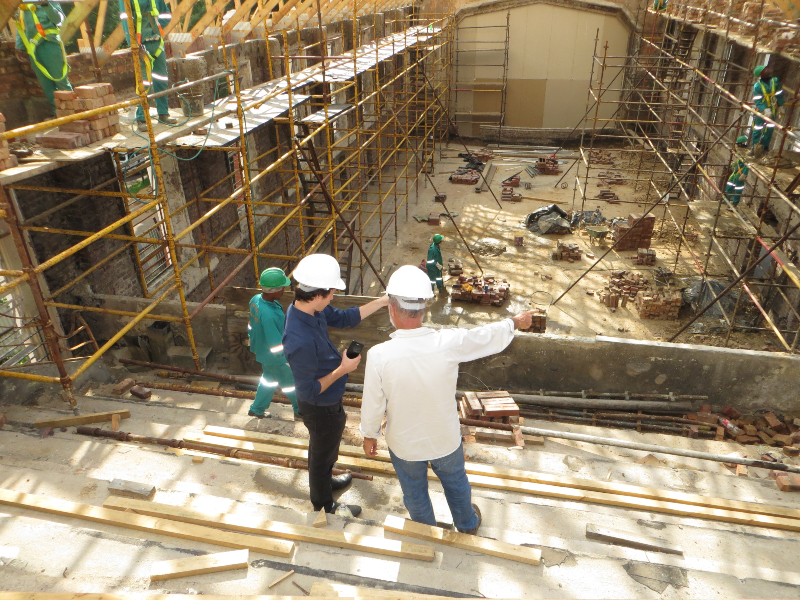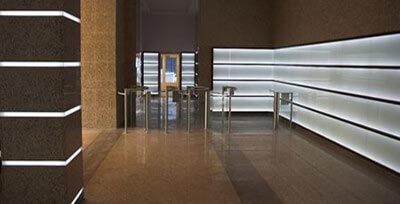Precast Insulation
Insulating precast concrete panels can significantly enhance their thermal performance, reducing energy consumption for heating and cooling in buildings. Here is a detailed look at various insulation options for precast concrete panels:
Types of Insulation for Precast Concrete Panels
- Expanded Polystyrene Insulation (EPS)
- EPS is a rigid foam insulation made from expanded polystyrene beads. It is lightweight, has good compressive strength, and provides excellent thermal resistance.
- Applications
- EPS can be molded into the shape of the precast panel during manufacturing. It is often used as formwork, which is left in place after the concrete is poured, providing insulation.
- Advantages
- Cost effective, easy to handle, and offers good thermal performance. It also acts as a barrier against moisture and can reduce concrete curing time due to its insulating properties.
- Considerations
- Must be protected from UV degradation if exposed, and fire-retardant versions are available for fire safety.
- Applications
- EPS is a rigid foam insulation made from expanded polystyrene beads. It is lightweight, has good compressive strength, and provides excellent thermal resistance.
- Extruded Polystyrene Insulation (XPS)
- XPS is similar to EPS but has a more uniform cell structure, resulting in higher compressive strength and slightly better R values.
- Applications
- Can be cut to fit and attached to the precast panel either during casting or post-casting.
- Advantages
- Higher R Value per inch compared to EPS, more water-resistant, and better for applications requiring higher strength.
- Considerations
- More expensive than EPS but can be justified in applications requiring superior performance.
- Applications
- XPS is similar to EPS but has a more uniform cell structure, resulting in higher compressive strength and slightly better R values.
- Polyisocyanurate (Polyiso) Insulation
- Polyiso panels offer one of the highest R Values per inch of any common insulation material.
- Applications
- Typically used in sandwich panels where the insulation is placed between two layers of concrete or between concrete and another material like steel.
- Advantages
- Excellent thermal performance, often used in high-performance buildings or where space for insulation is limited.
- Considerations
- More expensive, requires careful handling due to its sensitivity to moisture during installation, and needs fire-retardant treatment.
- Applications
- Polyiso panels offer one of the highest R Values per inch of any common insulation material.
- Mineral Wood (Rock Wool or Glass Wool)
- Made from natural or synthetic fibers, mineral wool is fire-resistant, has good thermal properties, and provides sound insulation.
- Applications
- Can be installed within precast panels or as part of composite systems where the wool is places between two concrete layers.
- Advantages
- Excellent fire resistance, good sound absorption, and can be used in high-temperature applications.
- Considerations
- Can be heavier than foam insulations, and care must be taken to ensure it remains dry, as it can lose R Value when wet.
- Applications
- Made from natural or synthetic fibers, mineral wool is fire-resistant, has good thermal properties, and provides sound insulation.
- Vacuum Insulated Panels (VIP)
- VIPs offer extremely high R Values in very thin panels by maintaining a vacuum within a core material.
- Applications
- Typically used in applications where space is at a premium, like in high-rise buildings, or where traditional insulation thickness is not feasible.
- Advantages
- Exceptional thermal performance in a thin profile, ideal for space-constrained applications.
- Considerations
- Expensive, sensitive to punctures which can compromise the vacuum, and installation requires precision to maintain effectiveness.
- Applications
- VIPs offer extremely high R Values in very thin panels by maintaining a vacuum within a core material.
Installation Methods
- Integral Insulation
- Insulation is placed within the formwork before casting, becoming an integral part of the precast panel.
- Adhered Insulation
- Insulation boards are adhered to the surface of the precast panel either in the plant or on-site.
- Mechanical Fastening
- Insulation can be mechanically attached to precast panels using fasteners, which is useful for retrofit applications or where adhesion might not be sufficient.
Considerations for the Insulation in Precast Panels
- Thermal Bridging
- Ensure that the insulation is continuous to avoid thermal bridges, which can significantly reduce overall insulation effectiveness.
- Fire Safety
- Consider the fire rating of the insulation material, especially for internal applications or where fire codes are stringent.
- Durability
- The insulation should be durable enough to withstand the precast manufacturing process and the service life of the building.
- Environmental Impact
- Look for insulation materials with good environmental profiles, such as recycled content or low embodied energy.
Cost VS Performance
Balance the cost of the insulation with the desired performance, considering the long-term energy savings and potential incentives for energy-efficient buildings.
Incorporating insulation into precast concrete panels requires careful planning during the design phase to ensure compatibility with structural requirements, aesthetic finishes, and the overall building envelope strategy. Each insulation type has its pros and cons, and the choice often depends on specific project requirements, budget, and performance goals.
Contact Us Today
For more information on our products and services, give us a call today at 919-742-3132, or visit our Contact Us page. Let The Carolina Precast Company help you bring your vision to life with precision and excellence.
